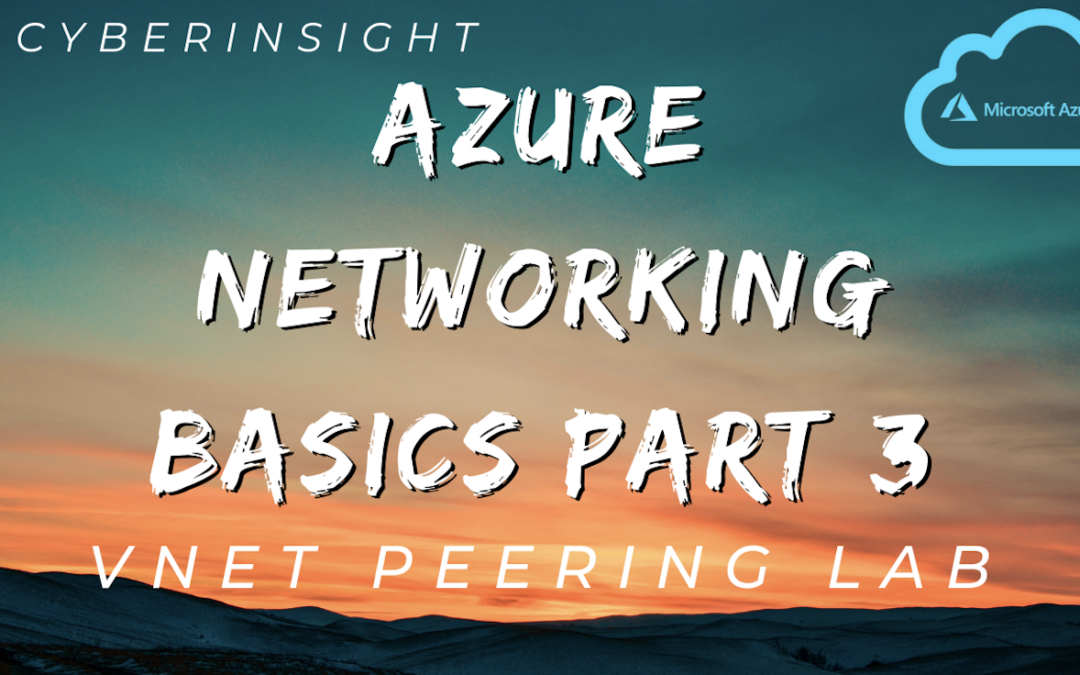This is the 3rd video in a lab series about learning and implementing Azure Networking. In the below video, we’ll be taking a hands-on approach to learning about communication between VNets via VNet Peering. VNet Peering is used to connect two Azure Virtual Networks (VNets) together, allowing resources in those networks to communicate with each other as if they were in the same network. We’ll be setting up a lab environment based on our previous labs and utilize those networks to look at the different options to configure VNet Peering. In doing that we’ll do a deeper dive into the following topics:
- What is VNet Peering?
- Azure Gateway Transit and Connectivity
- Azure VNet Peering Lab Overview
- How to Create a Virtual Machine to test the configuration
- How to Test connectivity with PowerShell Test-NetConnection
- How to configure VNet Peering in Azure
- How to verify VNet Peering in Azure
In subsequent videos, we’ll take a look at different ways to connect VNets together via VPN gateways. As well as explore Azure’s built-in network security features, such as network security groups and Azure Firewall, and various load balancing options. All the Azure Networking Lab walkthroughs can be found here. Throughout these videos, we’ll be working with real-world examples that you can follow along with in your own lab environment.
The labs we’re using are directly from the free Microsoft AZ-700 Designing and Implementing Microsoft Azure Networking Solutions course. You can follow along with it here.
To work through the labs, you’ll need a basic knowledge of networking concepts and a free Azure account.

